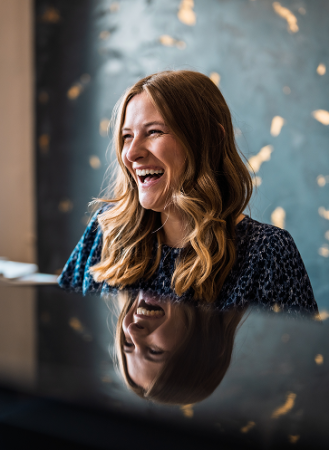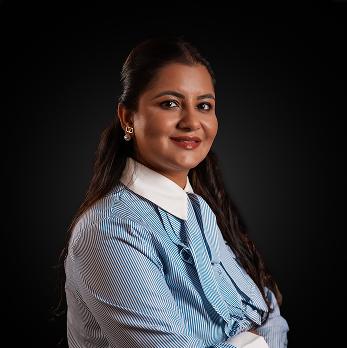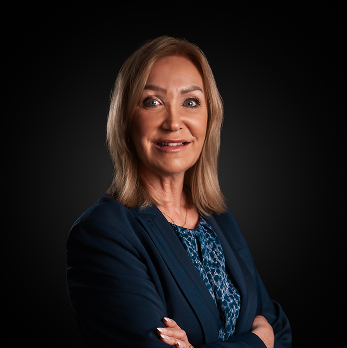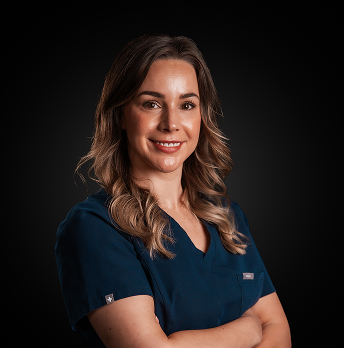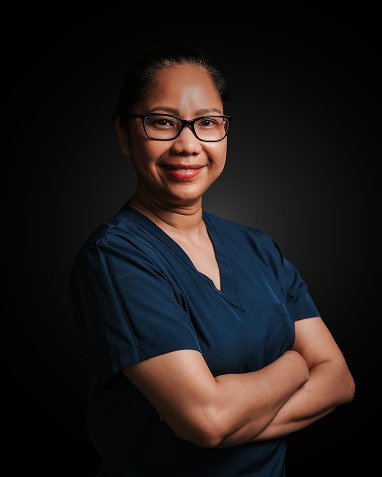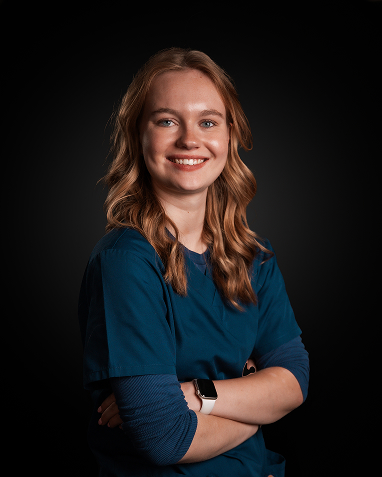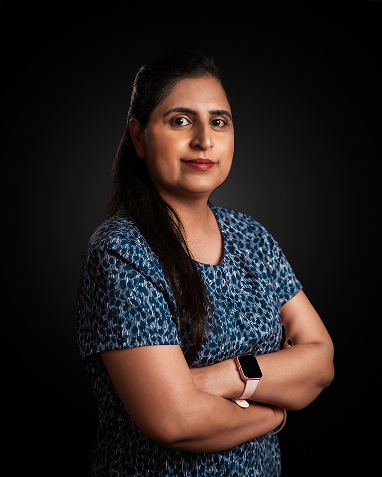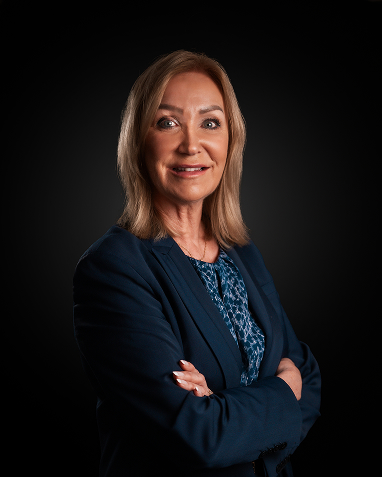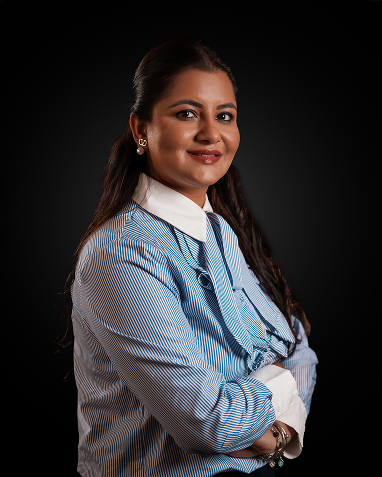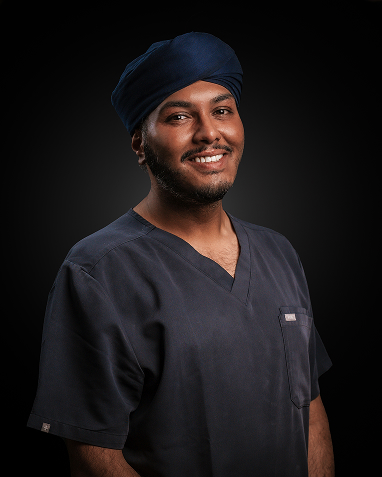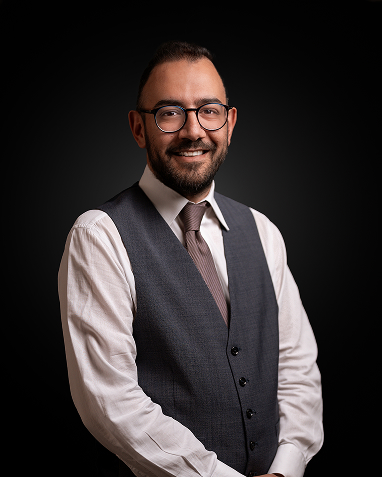Watery Eye Surgery (Punctoplasty)
At Yorkshire Skin Centre, we understand the discomfort and frustration that come with a watery eye or constant stickiness due to blockage in the tear drainage system.
If you’re seeking relief from these symptoms, you’re in the right place. Led by Mr Jeeva, our team specialises in Punctoplasty, offering effective solutions to restore comfort and clarity to your vision.
Aesthetic Clinic of Year
Aesthetic Clinic of Year North & Midlands 2022 at the Aesthetic Medicine Awards 2022
CQC Regulated
Meaning we have the highest levels of safety, efficacy, ethics and patient-centred care in everything we do
Doctor-Led
Dr Raj Thethi is a nationally renowned expert in Aesthetic Medicine and has sculpted the Yorkshire Skin Centre to be The Centre of Excellence for Medical Aesthetics, Health & Wellbeing in the North of England
Understanding
Watery Eye Surgery (Punctoplasty)
The tear drainage system, essential for maintaining the health of your eyes, can encounter blockages at various points along its pathway. When traditional treatments fail to provide relief, Punctoplasty becomes a viable option.
What to Expect
Before your surgery, Mr Jeeva will discuss the procedure in detail, including the anaesthesia options and potential risks. Most patients can return home the same day as their surgery, with some exceptions requiring overnight observation.
Following the procedure, you may experience mild discomfort, which can be managed with prescribed pain relief.
Regular follow-up appointments ensure your recovery progresses smoothly, with outpatient visits scheduled at 2 weeks, 3 months, and 6 months post-surgery.
At a Glance
Treatment Time
1-2 Hours
Treatment Anaesthesia
Local Anaesthetic Injection with Sedation or General Anaesthesia
Treatment Downtime
1 Week
Treatment Frequency
Long-Term Results
Pain
Mild
Parking
Available
Finance
Available
Cost
Starts from £350
Surgical Procedure Overview: Watery Eye Surgery with Mr Jeeva
At our practice, Mr Jeeva specialises in watery eye surgery, offering two main approaches customised to your unique needs: external dacryocystectomy and endonasal dacryocystorhinostomy.
This procedure involves making a precise incision along the side of the nose to access the tear sac and adjacent bone. Through this opening, Mr Jeeva establishes a direct connection between the tear sac and the inside of the nose, effectively bypassing any blockages in the tear drainage system.
Mr Jeeva's expertise extends to endonasal dacryocystorhinostomy, a minimally invasive approach performed through the nose. This technique, often executed in collaboration with an Ear, Nose, and Throat Surgeon, eliminates the need for external incisions. Whether surgical or laser-based, this approach achieves the same goal: creating a direct pathway for tear drainage.
- Incision and Access: In both external and endonasal dacryocystorhinostomy, Mr Jeeva meticulously opens the tear sac and adjacent bone to establish the desired connection. This crucial step ensures proper tear drainage and eases your symptoms.
- Silicone Tubing Placement: To prevent closure of the surgical opening, silicone tubes are inserted. These tubes, carefully positioned by Mr Jeeva, extend from the corner of the eye to the inside of the nose. They play a vital role in maintaining the newly created pathway until it fully heals.
Following surgery, Mr Jeeva prioritises your comfort and recovery. The removal of silicone tubing, typically performed three months post-surgery, is a simple outpatient procedure. With minimal discomfort, you'll experience relief from watery eyes and enjoy improved eye comfort.
At our practice, Mr Jeeva combines expertise with personalised care to deliver optimal outcomes for every patient. If you're seeking relief from watery eyes or persistent discomfort, trust Mr Jeeva's specialised approach to watery eye surgery.
It is essential to consult
Book a Consultation
Contact Yorkshire
Skin Centre in Leeds


Contact Yorkshire
Skin Centre in Leeds

Why Choose Yorkshire Skin Centre?
- CQC
registered - Award
winning team - Doctor
led clinic - Aesthetic Clinic
of the Year 2022 - 14 National
Awards - Reputable
Clinic - GMC
Registered - Consultation
Not Sales - Code of
Conduct
Contact Us Today
Ready to achieve your aesthetic goals and and boost your confidence?
Schedule a consultation with our expert team and discover the perfect treatment for your needs. We offer a wide range of services to help you look and feel your best, with top-quality care every step of the way.

What they say about Mr Jeeva
Related Services

Thermavein Treatment
ThermaVein is the gold standard when it comes treating telangiectasia – commonly known as thread veins.

NeoGen Plasma
NeoGen Plasma is one of the latest innovations in skincare and is equally effective on both the face and the body.

Ultraclear
Ultraclear treat scarring, eradicate wrinkles and address uneven skin tone, laser-based skin resurfacing can help

Cyst or Lipoma Removal
Experience relief with our expert cyst or lipoma removal services, ensuring your comfort and confidence
Related Blogs
Sunken Eyes: What Causes Them and How to Fix It
Sunken eyes (enophthalmos) have a dark and hollow appearance under the eyes. It gives a fatigued look even if you…
Everything You Need to Know About Under-Eye Fillers
Under-eye fillers have become famous for treating dark circles, puffiness, and hollows under the eyes. If you have tried all…
Nasolabial Fold Filler: Benefits, Cost, Treatments & Procedure
Nasolabial fold fillers fill in the nasolabial lines. Also known as smile or laugh lines, they extend from the sides…
Nasolabial Folds: Everything You Need To Know
Nasolabial folds are also known as smile lines because they are more apparent when you smile or laugh. These lines…
How To Get A Sharper Jawline? A Complete Guide
To get a sharper jawline, you can combine lifestyle changes like jaw and neck exercises, healthy eating, and good posture…
FAQ
Frequently Asked Questions
What are the success rates for watery eye surgery?
Success rates vary depending on the type of surgery and the location of the blockage. For external dacryocystectomy, success rates range from 50% to 96%, with higher success rates observed when the obstruction is closer to the nose. Endonasal dacryocystorhinostomy success rates range from 54% to 93%.
What are the possible complications of watery eye surgery?
Possible complications include infection (8%), wound scarring or numbness (20%), bleeding, orbital emphysema (air trapped under the skin), double vision, and very rarely, loss of vision. Complications are usually manageable and rarely serious.
How will I feel after the operation?
Pain relief will be provided during your hospital stay, and you’ll receive a prescription for pain relief to take at home if needed. Mild discomfort may be experienced, but it can typically be managed with medication.
What is the follow-up process after watery eye surgery?
After discharge, you’ll be scheduled for an outpatient appointment two weeks post-operation. Subsequent follow-up appointments will occur at three months and six months to monitor your progress and ensure optimal healing.
Is watery eye surgery performed under general anaesthesia?
Yes, watery eye surgery typically requires general anaesthesia. However, in exceptional cases where the risk of general anaesthesia is deemed too high, the procedure can be performed under local anaesthesia.
When are silicone tubes removed after watery eye surgery?
Silicone tubes inserted during surgery to prevent closure of the surgical opening are usually removed three months post-surgery. This removal is a simple outpatient procedure with minimal discomfort.
Can watery eye surgery worsen the watering of the eyes?
In cases of functional blocks, there’s a 25% chance of worsening watering after surgery. However, this risk is relatively low, and complications can usually be managed effectively.
Is watery eye surgery suitable for children with congenital blockage?
Yes, watery eye surgery can be performed in children with congenital blockage if the condition persists beyond natural resolution. Success rates for probing increase with younger age but may require additional procedures in some cases.
Connect with Us
Your Journey to Skin Perfection Starts Here: Schedule Your Consultation at Yorkshire Skin Centre and Experience Personalised Beauty Solutions.
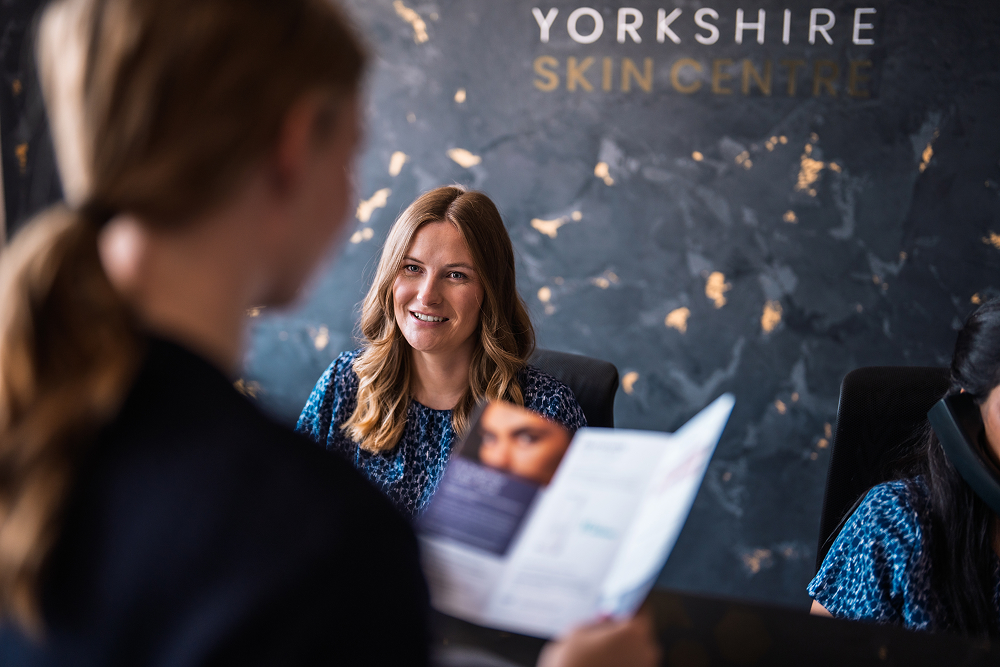
Yorkshire Skin Centre UK : A premier destination in aesthetics and skin care
- Cutting-edge treatments
- Modern facilities
- Dedication to excellence



